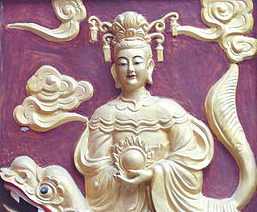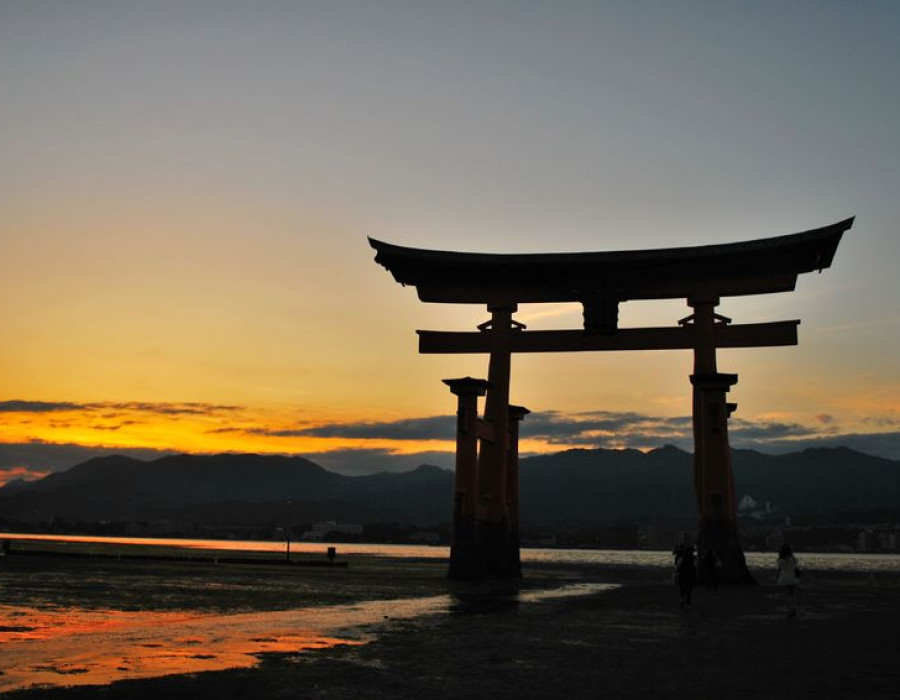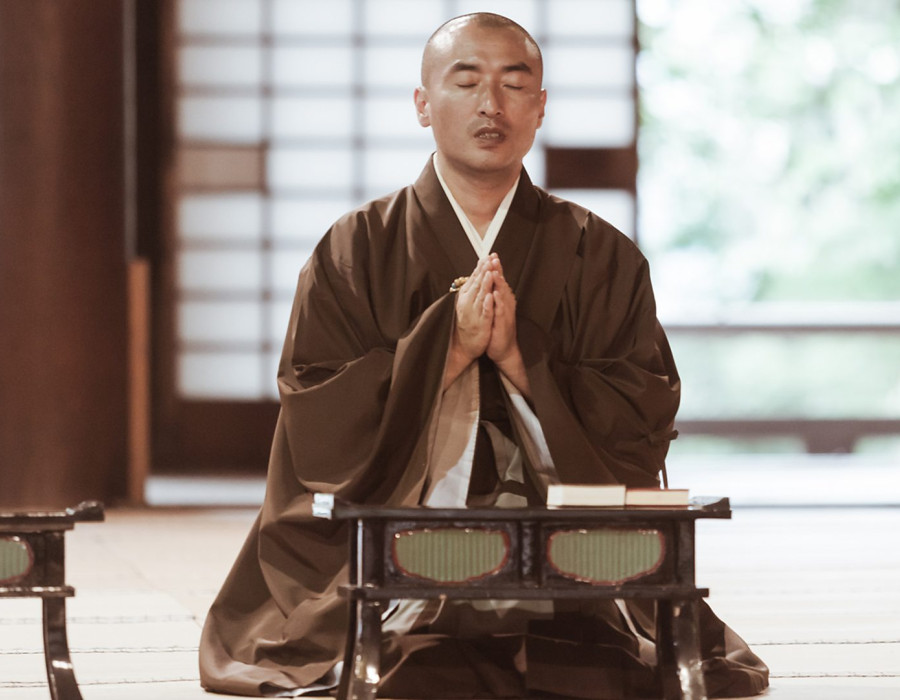The Indian Mahayana Development

The Bodhisattva Manjushri riding on a lion
"Manjusri Chua Quan Am" by DoktorMax - Own work. Licensed under Public Domain via Wikimedia Commons
Shortly after the Buddha’s death (parinirvana), a council of elder members of the Sangha were gathered together to consolidate the teachings of the Buddha.
‘Thus have I heard’ is the opening phrase of the scriptures pointing to the fact that in those early times the teachings were not written but transmitted orally. This recitation was organised into what were called ‘baskets’ or ‘pitakas’ one being the teaching sermons the other being the rules for practice for monks and nuns. These two together formed the body of the Buddha’s teachings known as the ‘Dhamma’ in Pali and later as ‘Dharma’ in Sanskrit.
Later on a third basket would be added to the Canon known as ‘Abidhamma’ a commentary on the teachings consisting of psychology, metaphysics and analysis.
These teachings would not written down for about 400 years and form what is now known as the Pali Canon.
Were the complete teachings of the Buddha collected together in this canon?
This is a moot point and later Mahayanists and Tantrists would argue that they were not, that there were ‘secret’ teachings given to different groups. This may all sound rather fanciful to our ears and no doubt there are legends and stories that have been projected into the past to justify ‘new’ teachings.
However a curious story that appears in the Pali Canon and which appears in both Tibetan and Chinese versions seem to suggest that such a story is not completely far-fetched.
After the initial recitation a monk called Purana was asked to contribute and affirm that this was all the Buddha taught. He replied to the effect that he had in fact been present when the Buddha gave additional teachings but for now would be silent upon them.
In scholarly circles there is much debate about the origins of Mahayana teachings and sects. Originally it was thought that the separation into Mahayana from what was called Hinayana was all down to differences of doctrine but this may not be so.
There was a schism at the third Buddhist council during the reign of the great Indian Emperor Asoka this was mainly down to disagreements over the Vinaya the rules for monks and nuns.
However at this stage less than 200 years after the Buddha’s death new ideas were emerging concerning the nature of reality, the actual destination of the path that the Buddha taught and even the nature of the Buddha himself.
These ideas sprang from groups who called themselves the Mahasangikas.
It would be wrong to think that monks who subscribed to these emerging teachings were living apart from those who still followed an older interpretation of the teaching. It seems that both groups co-habited within the same monastic communities following the same rules but undertaking different spiritual practices seeking insight to verify these new teachings.
In time the Mahayanists would form their own schools around the two pinnacles of Mahayana teaching:
• Madyamaka – The ‘Middle Way’ school founded by the 2nd century sage Nagajuna
• Yogacara – also known as the ‘consciousness-only’ school founded by Asanga and Vasubandhu in 4th century.
Before we look in more detail at the teachings of these two schools let us first consider the earlier ideas considered to be the developed teachings which would eventually see the break with Hinayana teaching.
• Nature of reality – According to the early teachings although there was no ‘self’ as taught by the Buddha , the elements that made up phenomena were considered to be substantial or real; however the early school denied that there existed in anything something that could be called a ‘self’. This was denied by the developed teachings which considered that all elements were without substantiality and self-nature.
The path of the Arhat was only a partial attainment in fact the motivation for the path was to attain to full and perfect Enlightenment or Buddhahood. The role of Buddhas is to lead other beings to liberation and Enlightenment.
In the early teachings the figure of the Buddha was seen as historical but later this view was questioned. The developed teachings viewed the historical Buddha as an ‘appearance’ body whilst the real body of the Buddha was viewed as the true nature of reality itself. Thus the appearance body was a vehicle for the True Buddha to manifest to give the appearance of being born a prince,
undertaking a spiritual path and awakening; finally teaching beings the path to liberation and passing into the Parinirvana. In fact this was all a ‘skilful means’ a ruse to lead deluded beings to freedom from suffering to Full and Perfect Enlightenment.
The centuries after the Buddha’s death saw an explosion of ideas and practices; many of them radical and many dying out but quite often leaving a trace in the lineage of teachings which have come down to us through the centuries.
A greater involvement for the laity emerged who were not satisfied just to give alms and cultivate karma for a more fortuitous re-birth but who actively sought spiritual attainment.
New sutras also emerged, the Prajnaparamita, Avatamsaka, Lankavatara and perhaps the most revered Lotus of the Good Law. The new conception of the nature of the Buddha was drawn upon to give validity to these new sutras.
From India these new teachings (as well as the original early collections of three baskets known as the Tripitaka), moved north to Tibet and East to China and beyond.
In our story following the development of Chan/Zen Buddhism we now turn to the two great developments to the teachings that appeared in India and would find their way to China as the latter began to take Buddhism and make it distinctly ‘Chinese’.






